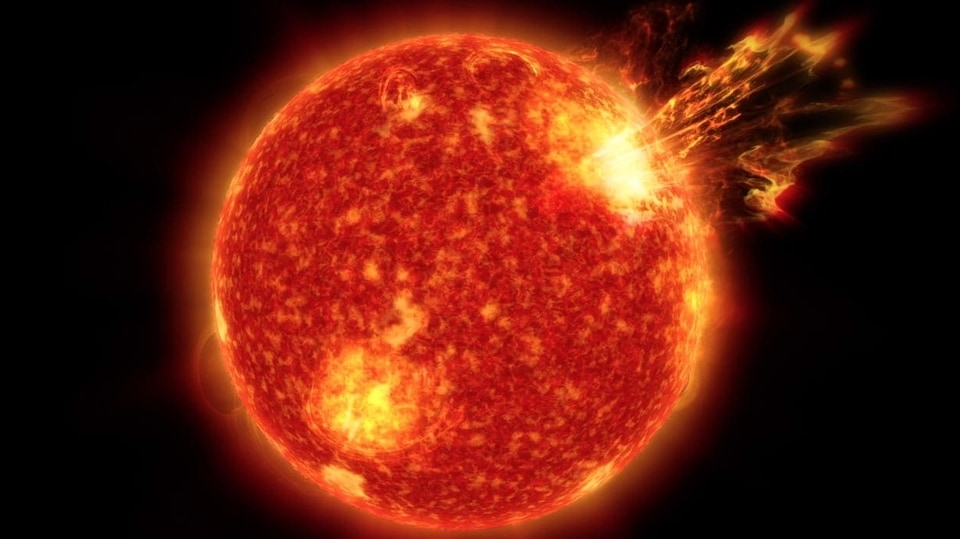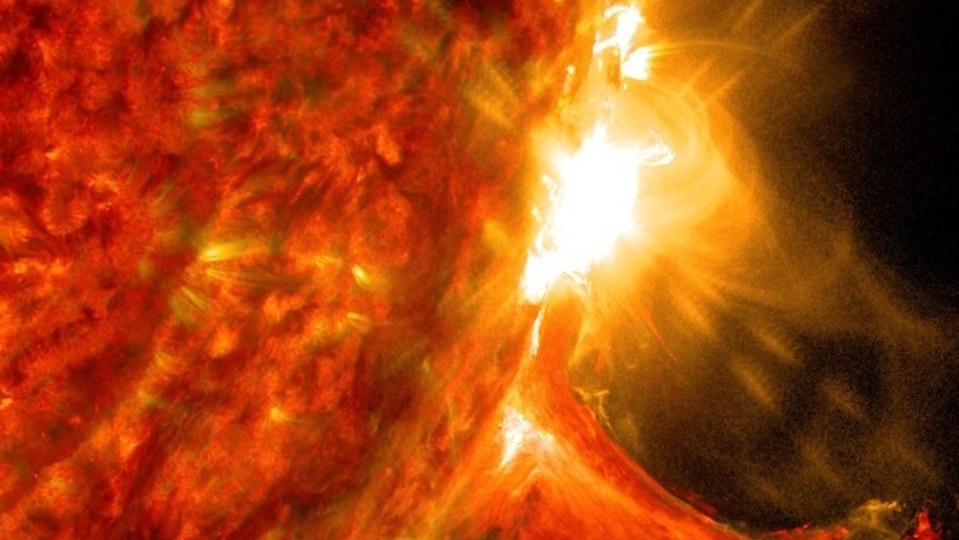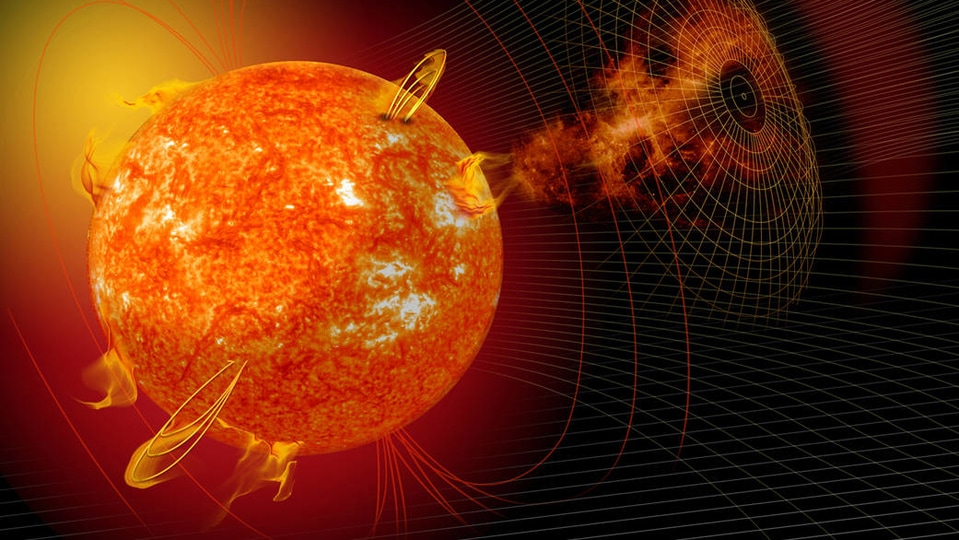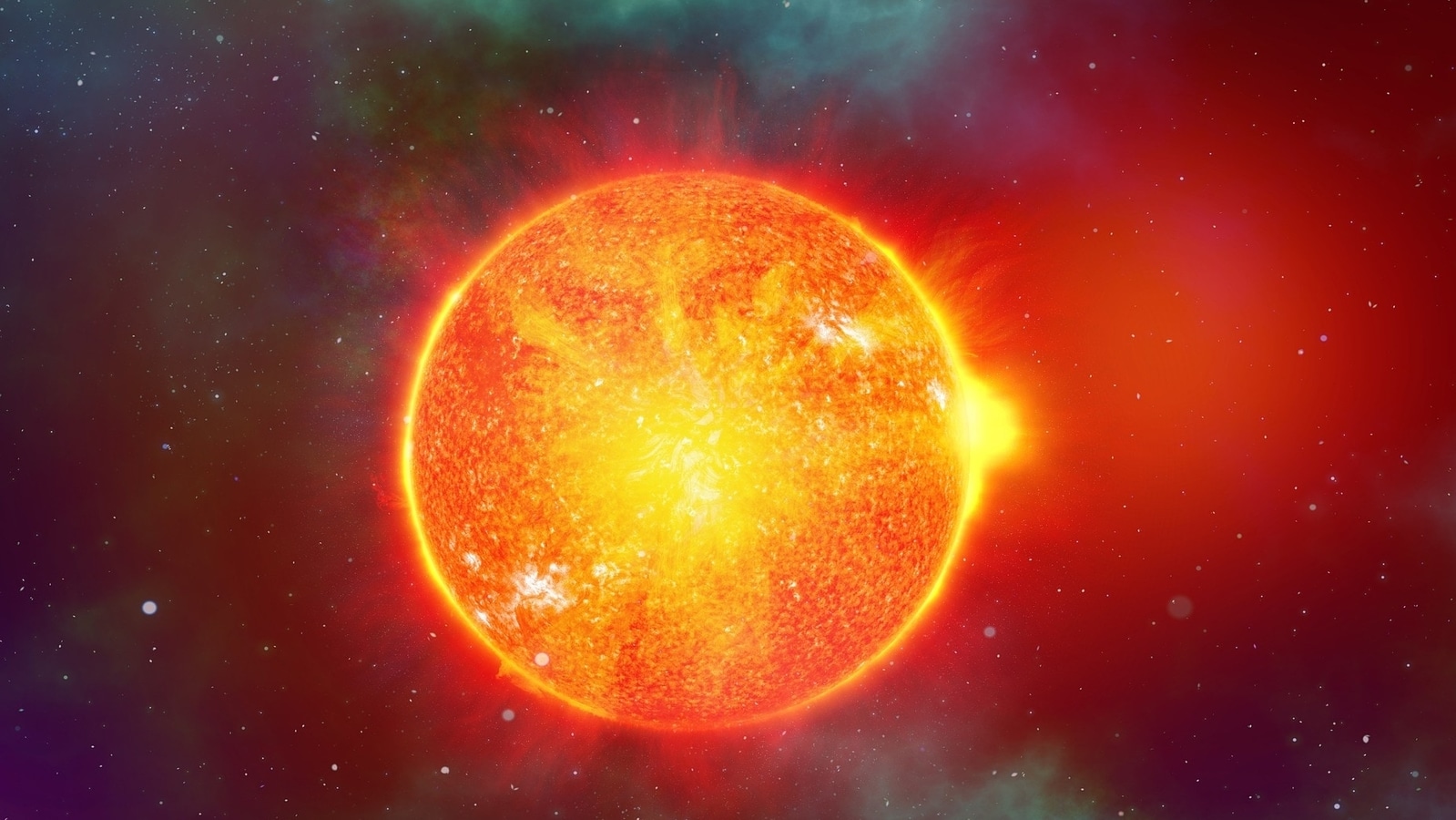Sun records highest number of sunspots in 9 years; Solar storm disaster in the making?
Fears of solar storms increase after the Sun records the highest number of sunspots in nine years! Is the Earth going to suffer a massive disaster? Find out.




_1639373804152_1639373815879.jpg)

 View all Images
View all ImagesYesterday, February 2, the Earth again suffered a solar storm attack. This time, luckily, it was a low intensity solar storm and its impact on the Earth was marginal. In the skies of the northern hemisphere in higher latitudes, aurora displays were visible in the late hours. However, many astronomers believe this is just the beginning of a long lasting solar storm onslaught on the Earth. And there is a reason for this belief. January 2023 witnessed the highest sunspots on the Sun, creating a new nine year record. But with 2 years still to go for the Sun to reach the peak of the current solar cycle, what does this mean for the Earth in the coming days? Sadly, the outlook is not good.
The development was reported by SpaceWeather.com which stated, “In a continued sign of strength for Solar Cycle 25, sunspot counts just hit a 9-year high…The monthly sunspot number of 144 in January 2023 was only percentage points away from topping the previous solar cycle, Solar Cycle 24, which peaked in Feb. 2014 with a monthly value of 146”. It should be noted that the last time the sunspot numbers were this high, it was very near to the peak of the solar cycle 24.
High sunspot count creates a solar storm scare for Earth
The number of sunspots on the Sun is directly related to the intensity of the solar peak. The previous solar cycle was considered a mild one because the difference between the solar maximum and solar minimum (the period of solar cycle when the activity of the Sun is at the lowest) was very low.
But with the new data on the number of sunspots in January 2023, it becomes apparent that this time, the Earth is in for an erratic solar maximum, and it can result in some violent solar storms in coming months.
Solar storms are caused by coronal mass ejections (CME) particles released whenever a solar eruption occurs. These eruptions, also known as solar flares, occur at the center of sunspots, which are the regions of unstable magnetic fields on the surface of the Sun. So, higher the number of sunspots, higher the chances of solar storms.
While it cannot be assessed how severe the peak of this solar cycle will be, a particularly violent phase was observed in 1859, when the Earth suffered its worst recorded solar storm in history. It is today known as the Carrington event. Such a solar storm today can cause terrifying damage. It can disrupt GPS, hamper mobile networks and the internet and even cause a massive power outage by corrupting the power grids. No electronic device on Earth will be safe from such a storm.
Catch all the Latest Tech News, Mobile News, Laptop News, Gaming news, Wearables News , How To News, also keep up with us on Whatsapp channel,Twitter, Facebook, Google News, and Instagram. For our latest videos, subscribe to our YouTube channel.




























